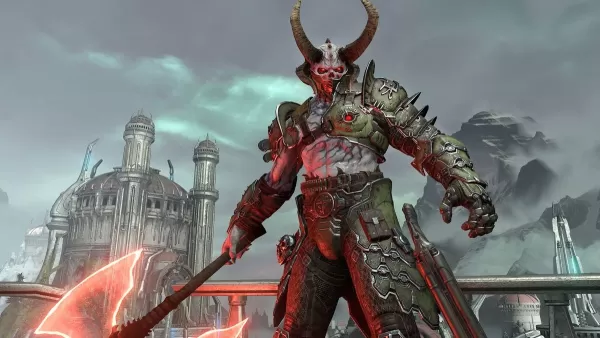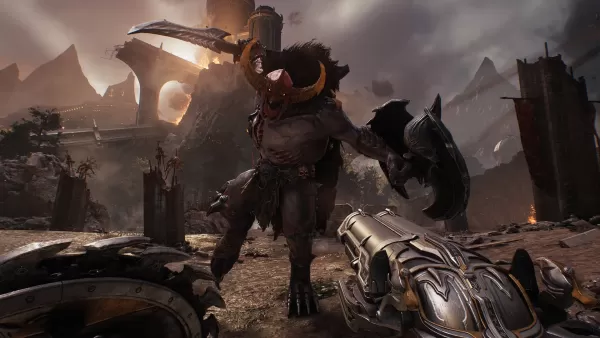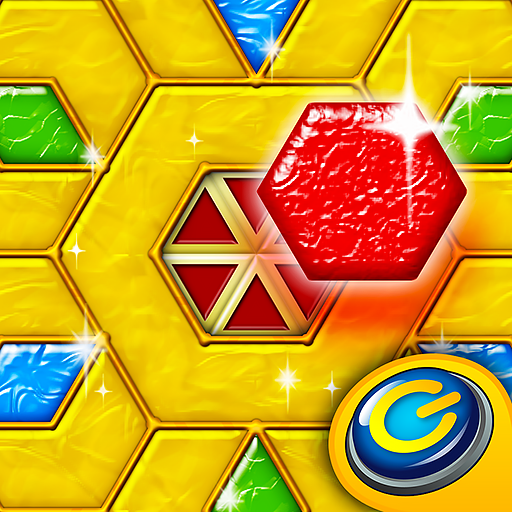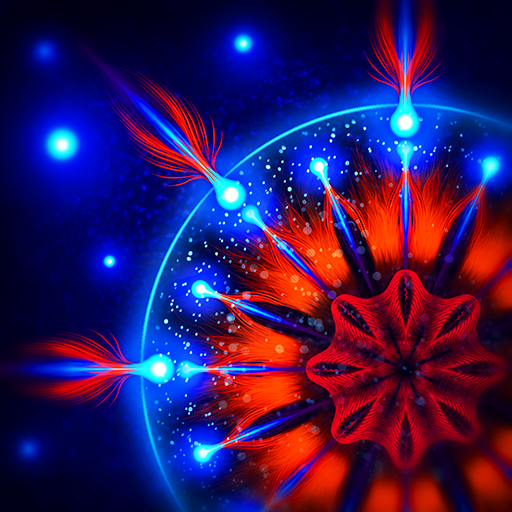When director Hugo Martin announced that the core philosophy behind Doom: The Dark Ages was "stand and fight" during Xbox’s Developer Direct, it immediately captured my attention. This approach starkly contrasts with Doom Eternal, a game known for its fast-paced, mobile combat. However, Doom Eternal did introduce one enemy that echoed this new philosophy—the Marauder. This formidable foe, often considered the most divisive enemy in the franchise, is one I personally adore. The moment I learned that reacting to bright green lights was crucial to mastering Doom: The Dark Ages' combat—just as it was for defeating the Marauder—I knew I was hooked.
Rest assured, The Dark Ages doesn't trap you in the same frustrating encounters as Eternal's Marauder. While the Agaddon Hunter presents a challenge with its bulletproof shield and deadly combo attacks, the essence of Eternal's combat philosophy is woven into every enemy in The Dark Ages. The game reimagines, refines, and reinvents the Marauder's mechanics, ensuring that each encounter feels smart and engaging without the previous frustrations.
The Marauder is unique in Doom Eternal. Usually, players dart around the arena, managing hordes and resources. But when the Marauder enters the fray, it demands undivided attention, often best fought in one-on-one scenarios. When it appears amidst larger battles, the optimal strategy is to dodge its attacks, clear the area, and then confront it head-on.
 Doom Eternal's Marauder is one of the most controversial enemies in FPS history. | Image credit: id Software / Bethesda
Doom Eternal's Marauder is one of the most controversial enemies in FPS history. | Image credit: id Software / Bethesda
"Standing and fighting" doesn't mean staying still in Doom Eternal. It's about mastering the space through strategic positioning. Get too close, and the Marauder's shotgun blast is nearly unavoidable. Too far, and you'll be pelted with projectiles, though easier to dodge, you won't be close enough for its vulnerable axe swing. The key moment to attack is during the axe's wind-up, when the Marauder's eyes flash bright green, signaling a brief window to strike.
This green signal also plays a pivotal role in Doom: The Dark Ages. In a homage to the series' origins, demons unleash volleys of projectiles reminiscent of bullet hell. Among these, special green missiles can be parried using the Doom Slayer’s new shield, sending them back to their origin. Initially a defensive technique, parrying becomes an offensive powerhouse once you unlock the shield's rune system, stunning enemies with lightning or triggering an auto-targeting cannon.
Your journey through The Dark Ages' battlefields becomes a series of focused one-on-one battles against various demons. While not solely reliant on green light reactions, mastering the shield's runes makes parrying a crucial part of your strategy. Positioning and timing are key, much like with the Marauder, requiring you to stand and fight, adapting to each demon's unique challenges.
The Marauder's introduction in Doom Eternal was criticized for disrupting the game's flow, forcing players to adopt entirely new tactics. This change is precisely why I appreciate it—it demanded a break from the norm, challenging players to think differently. Doom Eternal broke the rules of traditional first-person shooters, and the Marauder broke those new rules, presenting an ultimate challenge.
 The Agaddon Hunter may be the most Marauder-like enemy in The Dark Ages, but every demon has a little bit of Eternal's most fearsome foe in them. | Image credit: id Software / Bethesda
The Agaddon Hunter may be the most Marauder-like enemy in The Dark Ages, but every demon has a little bit of Eternal's most fearsome foe in them. | Image credit: id Software / Bethesda
Doom: The Dark Ages solves this by integrating various combat "dances" into its core mechanics. Each major enemy has its own green projectile or melee strike, requiring different approaches. For example, the Mancubus fires energy "fences" with green "pillars" that you must navigate to parry. The Vagary sends volleys of spheres that you must rush to deflect, while the Revenant closely mirrors the Marauder with its invulnerable state until you parry its green skulls.
With each demon requiring unique footwork, the introduction of new enemies feels natural. The Agaddon Hunter and Komodo present challenges with their melee attacks, but by the time you encounter them, you're well-versed in adapting your tactics.
The Marauder's design was never the issue; it was the unexpected shift in gameplay that threw players off. Doom: The Dark Ages prepares you for this by making reaction-based mechanics integral to the experience, not a sudden twist. While the challenge is less intense due to the more forgiving parry window, the essence of the Marauder's combat—timing your strike to the green light—is present in every battle. The Dark Ages offers a fresh take on these mechanics, yet they remain unmistakably familiar. You stand, and you fight.






